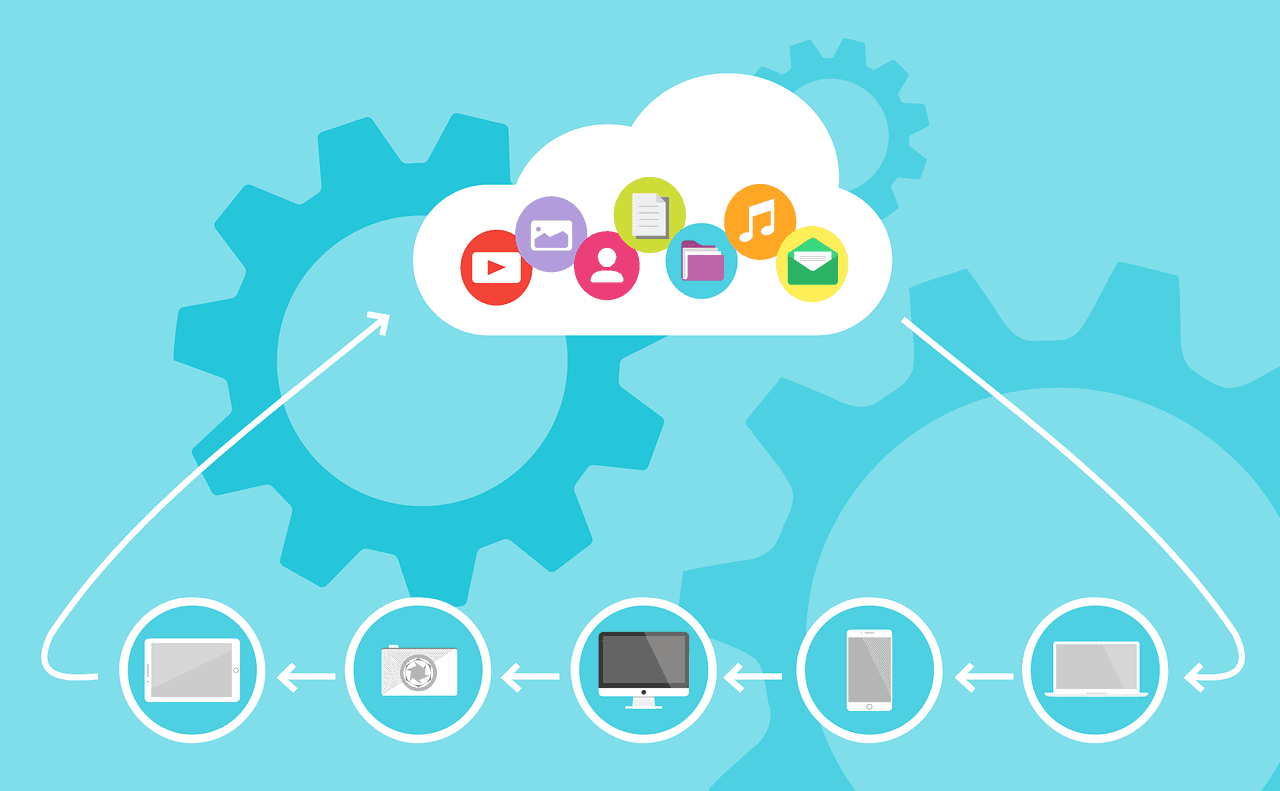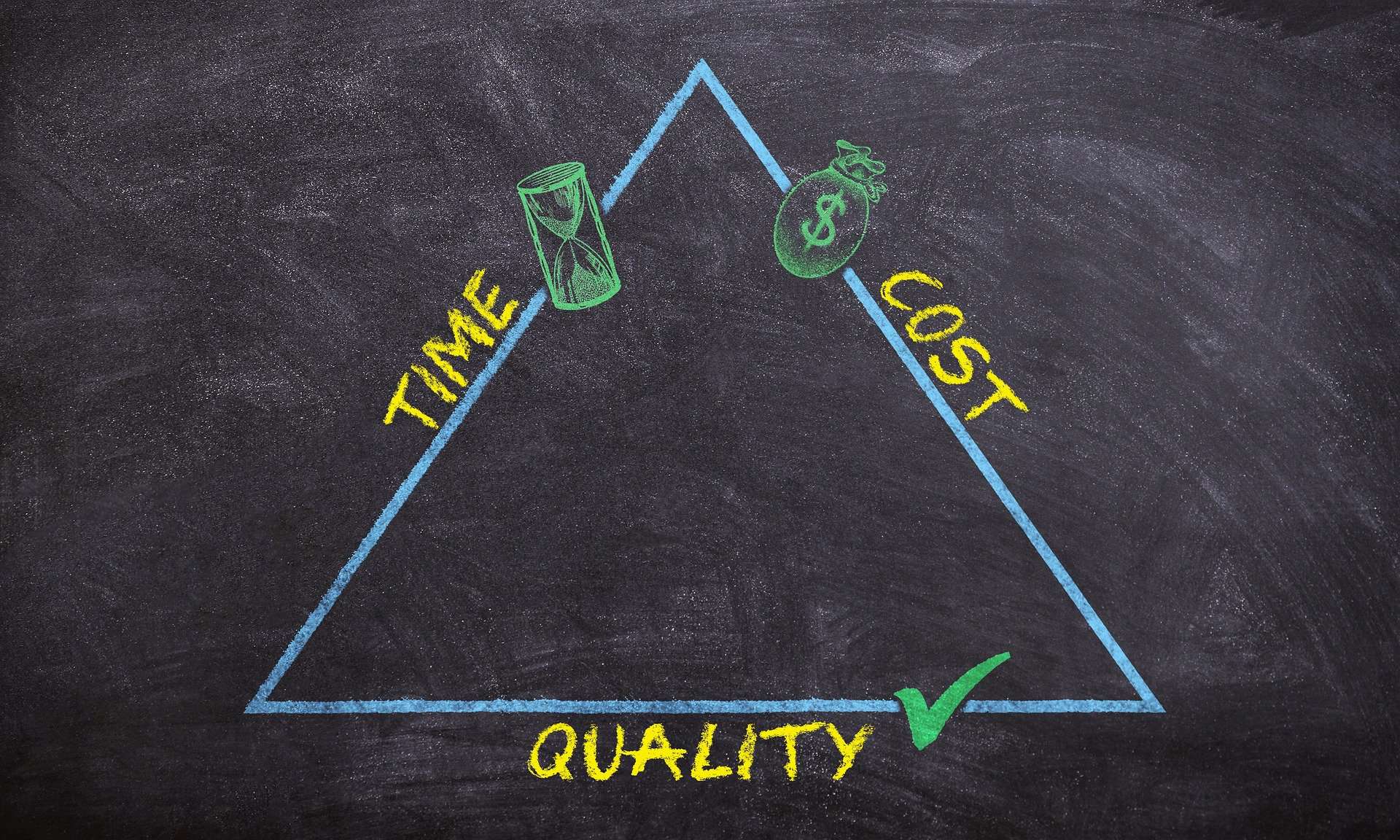Cloud adoption has accelerated in the past couple of years, especially after the pandemic hit in 2020. However, adopting the cloud without a clear strategy is a recipe for disaster. This is why in the third part of our “Forte Cloud Journey” series, we decided to talk about the cloud strategy; why is it important, and what you need to develop a clear and concise strategy.
A cloud strategy is meant to align various teams to a cohesive plan and guide your organization through the adoption journey. And to be successful, your strategy needs to be clear, concise, and cohesive. In this article, we guide you through the process of creating a cloud strategy, so your business is set up for successful adoption.
Why have a cloud strategy?
There are many benefits to having a solid cloud strategy, some of the notable ones are:
-
- Communicate why you’re migrating to the cloud and the benefits you gain from it
- Define how you plan to migrate to the cloud in a comprehensive action plan
- Align your business goals to your cloud goals and KPIs
Developing a cloud strategy
A cloud strategy has many sections, however, here are a few of the most crucial sections to ensure your success:
Set Business Objectives
It should come as no surprise that the first thing you should do is state your cloud objectives. Some questions that might help are:
-
- Why are we migrating?
- What are the issues that can be solved with the cloud?
- How can the cloud solve these issues?
However, remember to keep in mind your overall business objectives as well as existing IT department objectives. Your cloud objectives not only should be aligned with these objectives, but they should help you reach them faster.
Assess Your Capability to Perform the Migration
Look at your IT department’s capabilities, check whether or not they can carry out the migration. If not, what do they need to be able to do it, and how long will it take? These are all important questions if you’re planning to migrate to the cloud internally. jasaseo.link
Alternatively, you could outsource your migration to a trusted cloud migration expert. If so, you need to examine your options closely, look at their competency level and see whether it aligns with your goals.
For example, FORTE CLOUD is an AWS advanced partner, authorized reseller, and public sector partner in Egypt. So, if you partner with us, you can trust our team of experts to help you migrate to AWS efficiently while minimizing costs. Contact our team today for more information on our cloud migration process.
Perform A Cloud Migration Assessment
A cloud migration assessment is a comprehensive look into your current IT infrastructure and resources. It is the building block on which you can accurately assess how ready you are for the cloud. Plus, it defines how you plan to migrate your operations and applications through the 7Rs of migration: refactor/re-architect, replatform (lift and reshape), repurchase (drop and shop), rehost (lift and shift), relocate (hypervisor-level lift and shift), retain (revisit), and retire.
We go through them in our guide on how to complete a successful assessment if you want more information on it.
Cloud Adoption Timeline
One of the last steps to consider is the timeline of your migration. With all the previous information you have collected and know, you should now have a somewhat solid idea of how long it will take to complete.
Be Prepared and Flexible
Regardless of how well you plan, you still need to be prepared for any curveballs. Revisit your strategy when needed and adjust when necessary. Your strategy is not set in stone, it can be adjusted if needed.
Conclusion
Developing a well-thought-out and clearly defined cloud strategy is a time-consuming process, but it is crucial for your business. After all, your business’ migration largely depends on your strategy. Develop a solid strategy and you are set up for success, so spend as much time as you need to perfect it.
A cloud strategy can be overwhelming at first glance but it’s not that complicated. And we hope that this article has helped clarify the process of developing a strategy for you. And if you’re still hesitant about the cloud, then check out the first part of this series on what cloud computing is and its benefits. You can also read more about the different levels of flexibility and control you get with the different types of cloud computing in the second part of the series.




